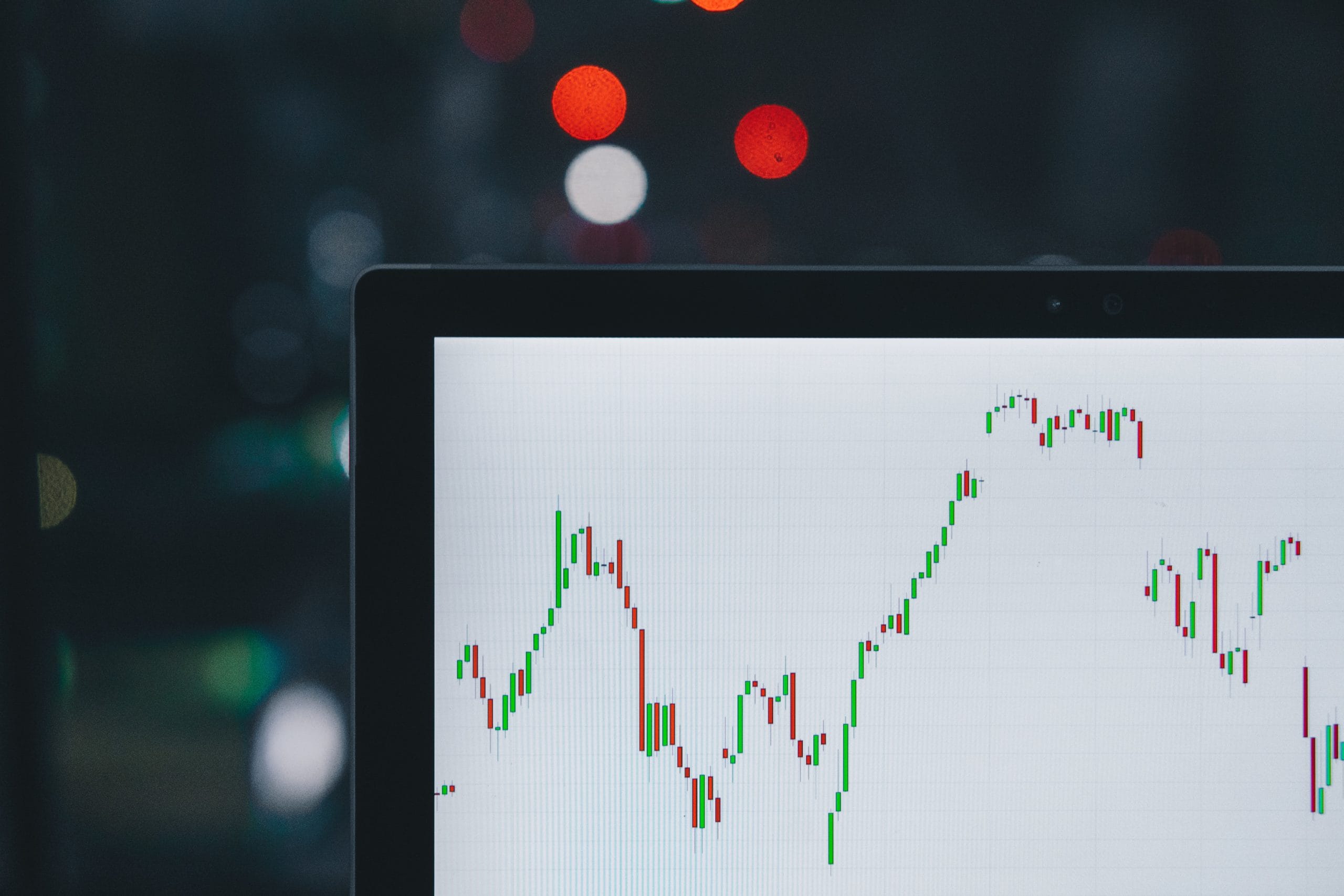A vision of the post-COVID-19 world
The COVID-19 pandemic has raged on for almost a year and continues to create significant challenges for a variety of business sectors. At the beginning of the crisis, many industry trends accelerated as people rapidly adapted their behaviours to meet health and safety requirements. Consumers, many of whom had already embraced e-commerce, jumped onto the Internet in even greater numbers, buying more groceries and other goods online and selecting from an array of outside-the-store fulfilment options, such as curbside pickup and home delivery.
Now, many months after consumers have settled into these and other behaviours, we are seeing the future of consumer markets more clearly.
In our latest report, we outline the five consumer trends that are already shaping tomorrow, and give a plan for overcoming uncertainty and challenges in order to capitalise on opportunities.
Five consumer markets macro trends
As difficult as disruption can be, it often nudges us—or thrusts us, in the case of the pandemic—into a future state. Click on any of the 5 trends below to learn more.
The store of the future
The store of the future will be omnichannel and experience-rich and will fuse the physical and digital worlds.

- Technology will continue to revolutionise online and physical retail, forcing rapid change and innovation.
- Retail consumers will expect frictionless, tech-enabled experiences.
- Traditional marketing channels will continue to blur as retailers and manufacturers embrace a direct-to-consumer model.
- The fulfilment experience will become an increasingly critical execution point.
- Health and safety concerns will linger for retail.
Brand relevance
Socially conscious consumerism will continue to grow as people seek brands that they trust and that align with their values.

- Consumers keep raising their expectations for the brands they engage with.
- They will continue to seek purpose-driven brands that are responsive to an array of environmental, social and governance (ESG) concerns.
- Brands will have to articulate meaningful value propositions to win customers.
- The world of social media will increasingly influence brand perception and reputation.
Digital supply chain
The supply chain of the future will operate with near autonomy, making ‘smart’ decisions to self-regulate.

- Rapidly changing consumer expectations and behaviours are forcing supply chains to be more responsive and transparent.
- Trends, such as omnichannel shopping, multiple fulfilment points and geopolitical issues, will add to supply chain challenges.
- End-to-end visibility will be the number one requirement for effective supply chain management.
- Digital enablement will be key in evolving the supply chain.
The future of food
Consumer demand for healthier products, along with expectations for greater transparency and sustainability in the food value chain, will increase.

- Three main trends will influence the world of food: the local, the mass-produced and the personalised.
- As digital direct-to-consumer business models develop, there will be further blurring of the lines in how and where retailers and consumer packaged goods companies compete for customers.
- Concerns about individual health and environmental sustainability and a desire for personalised products will continue to revolutionise the food industry.
ESG ascendance
Pressure from regulators and boardrooms to focus on ESG will continue to intensify.

- An embrace of sustainability initiatives will be essential to long-term value creation.
- Regulation to spur stronger action on ESG issues is possible. Companies will have to embed ESG goals and ideals into the corporate culture and daily operating behaviours.
Repair, rethink, reconfigure
The COVID-19 crisis is not yet over, let alone its long-term effects. As you look to regain equilibrium and propel yourself into the future we’ve described, here are some suggestions for ways that you might repair, rethink and reconfigure your business.

- Identify operational weaknesses that have surfaced.
- Accelerate trust-building activities with customers and employees.

- Adjust strategic direction as needed.
- Evaluate your brand portfolio through a new lens.
- Improve the fulfilment experience through complementary partnerships and rethinking other actions.
- Evolve your concept of the physical store to provide best customer experiences.
- Establish priorities for ESG initiatives.

- Make needed technology investments to address deficiencies.
- Improve supply chain flexibility and resiliency via digital transformation.
- Update your channel strategy.
This article was first published here.
Download the full report at the top right sidebar.
Photo by Emile Guillemot on Unsplash.

 4.0
4.0 





















